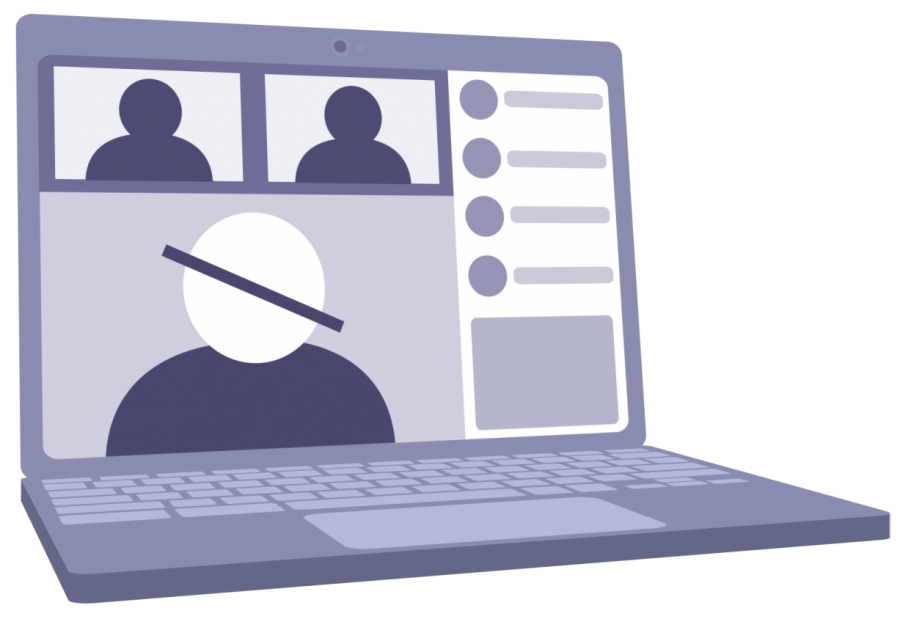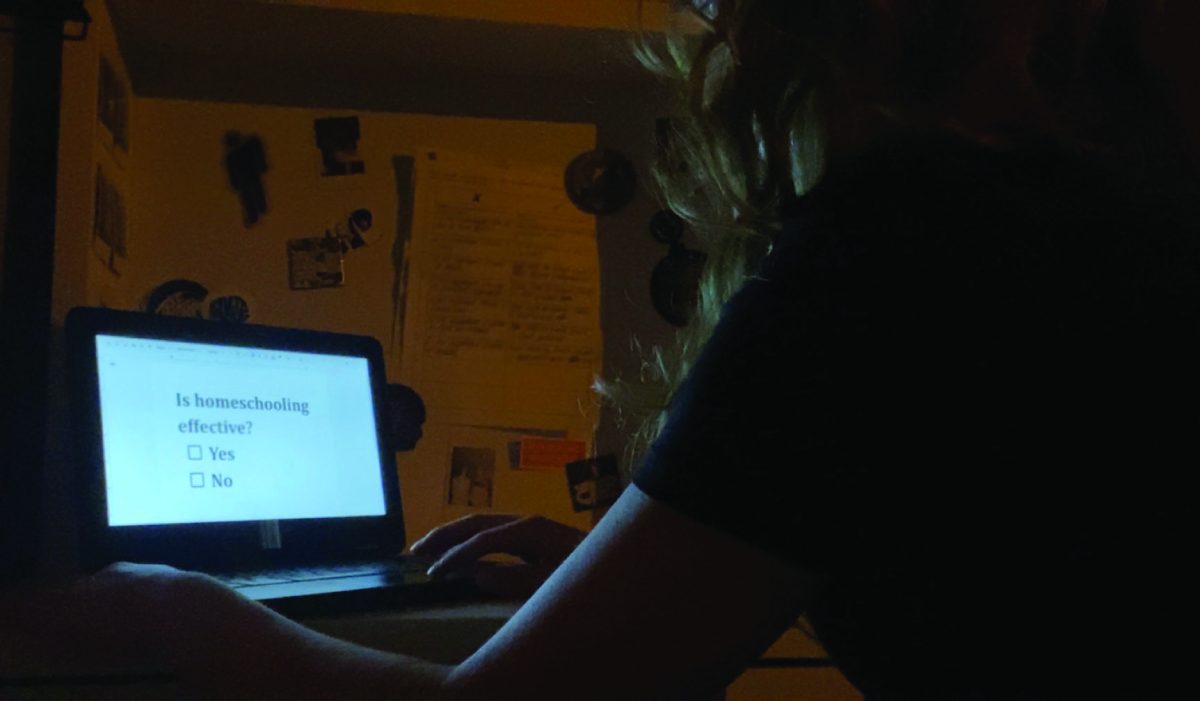Technology in the classroom: How electronics have played a role in learning during the COVID-19 pandemic
May 18, 2021
Students and staff have had to adapt in many ways due to the COVID-19 pandemic, but the use of technology in the classroom has only become more prevalent. With the use of many resources like Zoom and Google Classroom, some students feel like they might be overwhelmed with schoolwork.
Grace Nelson, a senior and current Student Council President, uses her Chromebook for as few assignments as she can. She finds a lot of great online resources for learning, but whenever she can, she goes old-school. For example, she loves using the eBook versions of her textbooks, but if a physical copy is easily available to her, she uses it.
“I use the eBook versions of my textbooks when doing homework on the way to golf meets,” Nelson said.
With the rise of technology, students can now enter a word into a search bar and get an all-in-one dictionary and thesaurus, or search an entire database of articles for something in particular. For English and Photojournalism teacher, Greg Spangler, the introduction of Chromebooks five years ago was a good idea for writing, but not much else.
“I like using more lessons that don’t require students to use their Chromebook,” Spangler said.
Before the introduction of Chromebooks, Spangler would have to reserve a computer lab for each of his classes. He would have to reserve the lab multiple times throughout a month. With all of the classes needing the lab, it was hard to find a time that would work for everyone. However, now that the Chromebooks have been implemented, he no longer needs to teach the curriculum around the renting of a computer lab. But just like life, you cannot have something without giving up something else.
“I believe that we are exposing ourselves and students to way too much screen time,” Spangler said.
Spangler pointed out the fact that outside of the classroom, screens are primarily used for entertainment. A study taken by Common Sense Media in 2019 found that teens spend an average of 7 hours 22 minutes consuming screen media. Unfortunately, teachers and students have come to rely on digital resources due to health procedures put in place to combat the COVID-19 pandemic. For example, assignments that would have originally been done by hand and turned in on paper are now done in a digital format on Google Classroom.
Nathan Myers, a physical science teacher at Southeast, has reported negative health effects from being on his computer more than ever before. At the end of the day, his eyes are very tired, and occasionally he gets headaches from looking at his computer screen. Other Southeast teachers have reported various incidents of neck pain, back pain, shoulder pain, carpal tunnel, and obesity. There are many ways to combat these different issues. But most of them include less screen time. However, it is the teachers’ job to teach and the student’s job to learn. In this case, neither have the option to stop using their computer.
“Chromebooks should never be seen as the be-all-end-all of education,” Myers said.
Regarding Myers’ classes, he had to change the way he teaches demonstrations and labs. Before, he was able to use materials that were available to him through the department. But now he has to create labs that students can do at home using items found around a student’s house. But teaching over Zoom is not as effective as teaching students in person.
“Zoom makes it hard to give a good quality lab for those students at home,” Myers said.
Many teachers prefer that their students write their notes down on pen and paper. This is due to the many studies that have been done in years past, most of which conclude that writing down your notes helps you retain the information better than those who type their notes. Yet another thing that students cannot do because of the ongoing pandemic.
Lincoln Public Schools, in conjunction with the Lancaster County Health Department, implemented various health procedures during the COVID-19 pandemic. One of the biggest changes was the implementation of the 50/50 schedule from the first day of school. The plan required that students who were at home for that half of the week would Zoom into classes and complete work at home via the Google Suite of tools.
Since then, the 50/50 schedule has been repealed and students are now back full time, excluding the students who have opted in as full-time “Zoomers”. With the roll-out of the COVID-19 vaccine, teachers and students hope that they can all go back to school as it was a year ago. Teachers have had plenty of time to find new forms of teaching and online resources. Some argue that some of the new online resources that people have found may never go away.










